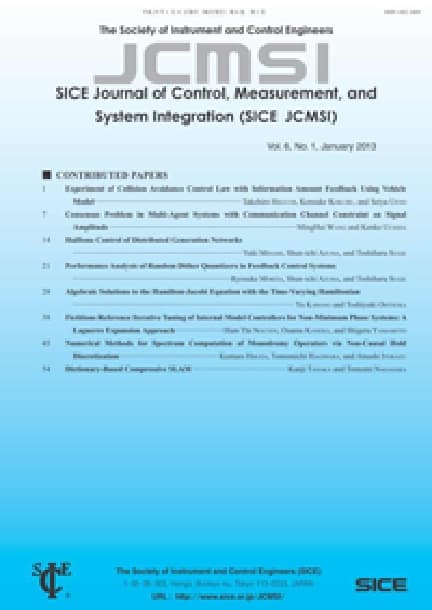Managing Complexity, Uncertainty, and Variability in Guided Wave Structural Health Monitoring
Joel B. HARLEY, Chang LIU, Irving J. OPPENHEIM, José M. F. MOURA
pp. 325-336
DOI:
10.9746/jcmsi.10.325Abstract
Guided waves are an attractive tool for monitoring large structures. They are able to interrogate sizable areas at once, are sensitive to structural damage, and carry information about the damage location. Yet, there are many challenges to guided wave data analysis. First, guided waves are represented by a complex set of dispersive wave modes that distort their shape and phase as they travel through the medium. Second, the complex properties of guided waves are often unknown. Third, the unknown properties often vary as a function of time. As a result, to effectively analyze guided waves, their complex properties must be learned, tracked, and leveraged. This paper describes signal processing tools for managing the complexity, uncertainty, and variability of guided waves for structural health monitoring applications. We use a stretch-based and a matrix decomposition based temperature compensation methods to handle variability, sparse wavenumber analysis to learn the uncertain properties of guided waves, and matched field processing to then leverage these complexities. We demonstrate how these methods are combined for effective guided wave data analysis with experimental data from an aluminum plate under varying temperature conditions.









